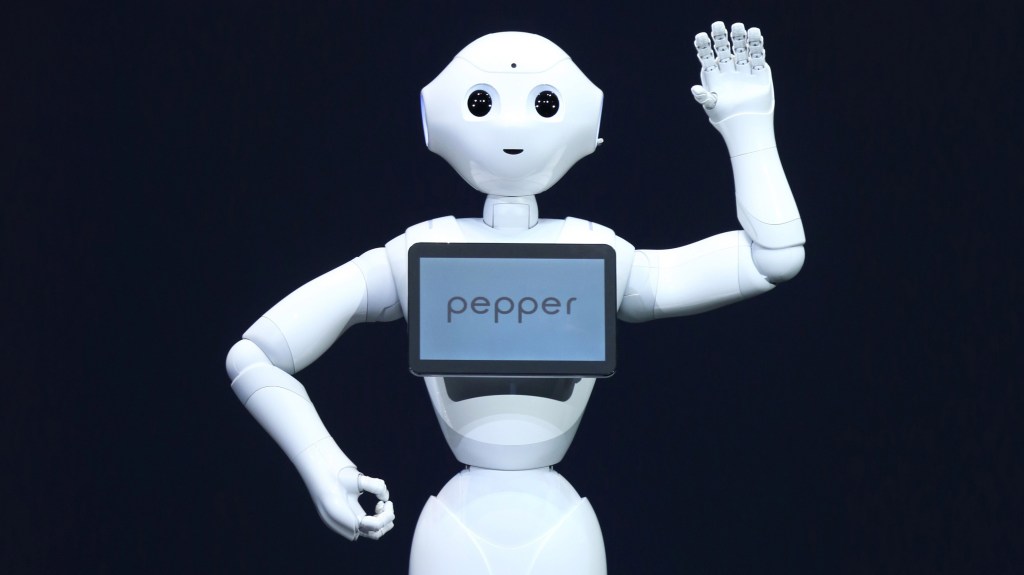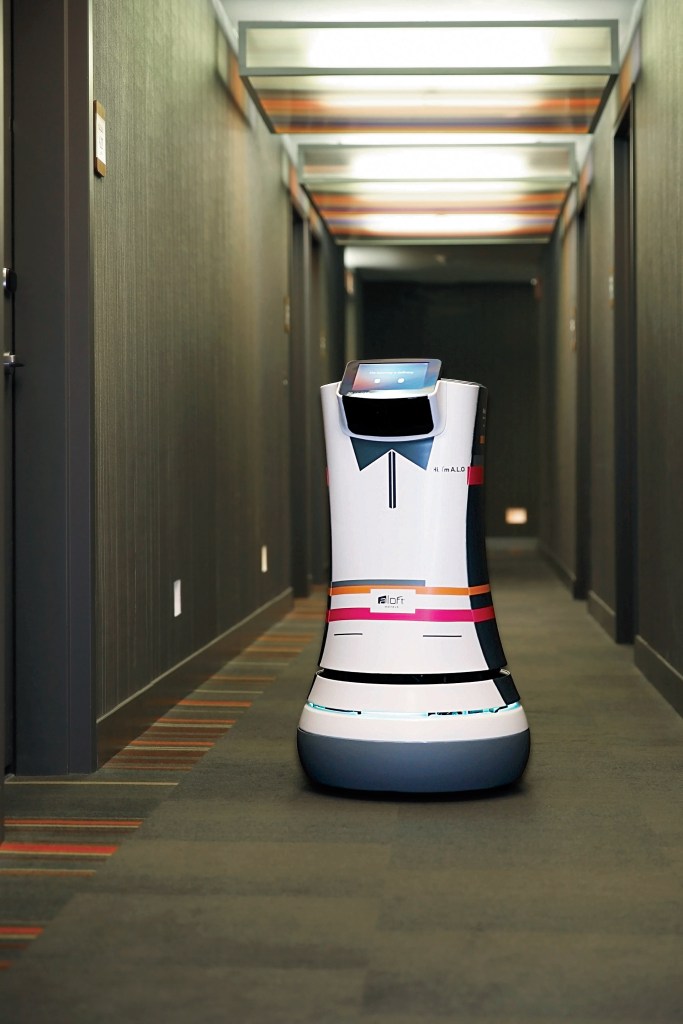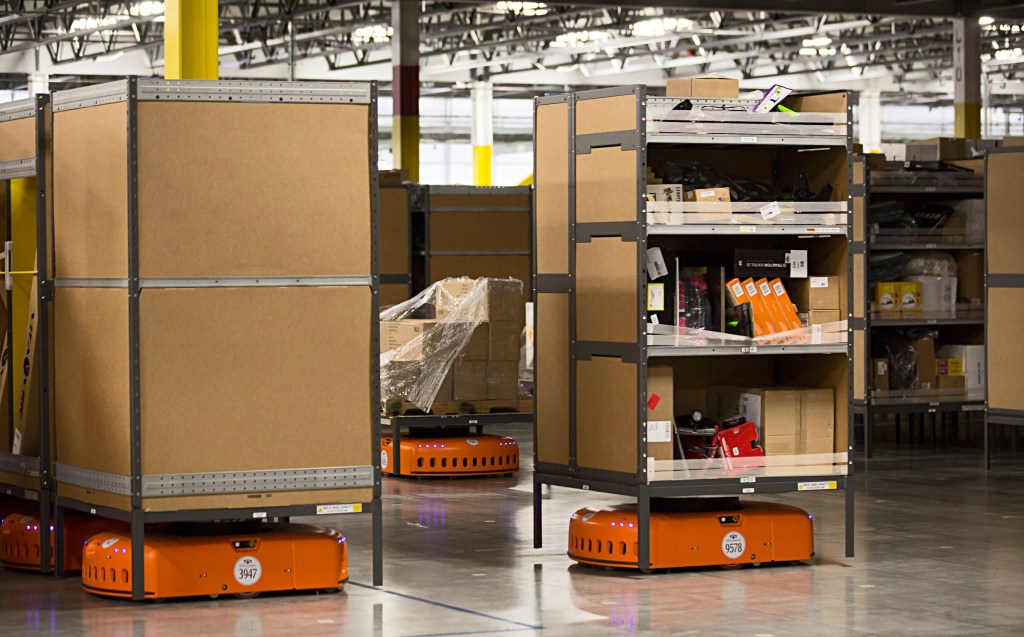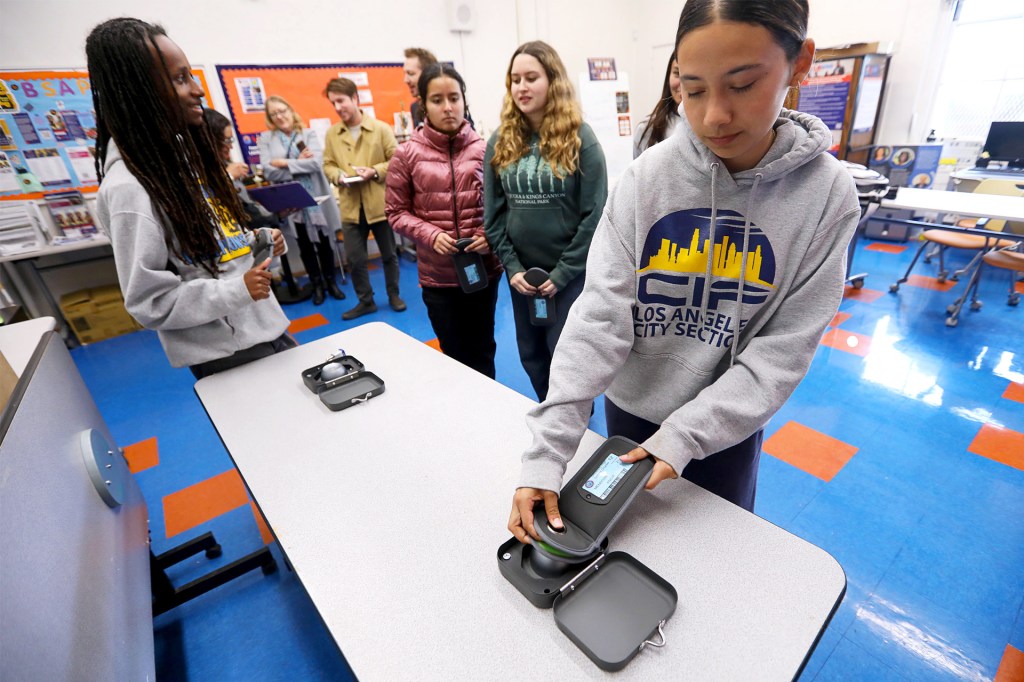Robots in Action

Robots are on the rise! Today, robots can be found working in hotels, warehouses, and stores. Machines will soon be used to study sea creatures up close because the robots can blend right into their surroundings. Robots take on tasks to make our lives easier and safer. Scientists keep coming up with jobs that machines can do—sometimes better than humans. Take a look at the latest in robotic technology. What will these mechanical marvels be able to do next?
Super Swimmer

The Octobot is perfectly named. Its design is based on the octopus. The robot, which is the size of a shoebox, can blend in with its underwater surroundings. It can travel at seven inches per second, which is close to the speed of an octopus. It propels itself by slowly opening its soft rubber arms and then snapping them closed. During tests, fish swam alongside the Octobot. Scientist Dimitris Tsakiris says biologists will be able to use the robot to observe sea creatures.
See Spot Run

Spot looks and moves much like a real dog, but don't expect it to play fetch. Boston Dynamics designed the four-legged, 160-pound mechanical canine to climb mountains, make its way through woods, and go up stairs with ease. Spot can also regain its balance after stumbling. Spot could eventually be used for search-and-rescue missions and to carry heavy gear.
Hotel Helper

No towels? No problem! At the Aloft Hotel in Cupertino, California, Botlr is on the job. Since August, the three-foot-tall robotic bellhop has been making deliveries. When a guest asks for an item, a clerk places it in Botlr's lid and enters the room number onto a screen. "Guests are always very excited when Botlr arrives with a delivery," says Aloft senior vice president Brian McGuinness.
Warehouse Workers

Shipping millions of packages each day is no easy task. Since July, robots have been helping workers process orders at Amazon. The machines are just 16 inches tall, but don't let their small size fool you. Each weighs 320 pounds and can carry a set of shelves holding 700 pounds of products. There are more than 15,000 robots working in 10 of Amazon's warehouses across the U.S.
Big in Japan

In Japan, scientists have been leading the way in developing humanoid robots. Last year, SoftBank, a phone-and-Internet company, introduced Pepper, a four-foot-tall robot. It is designed to talk with humans and react to emotions. If you frown, Pepper will try to cheer you up. It is being used in stores. But SoftBank has bigger plans for Pepper. It may one day keep humans company and teach children.












